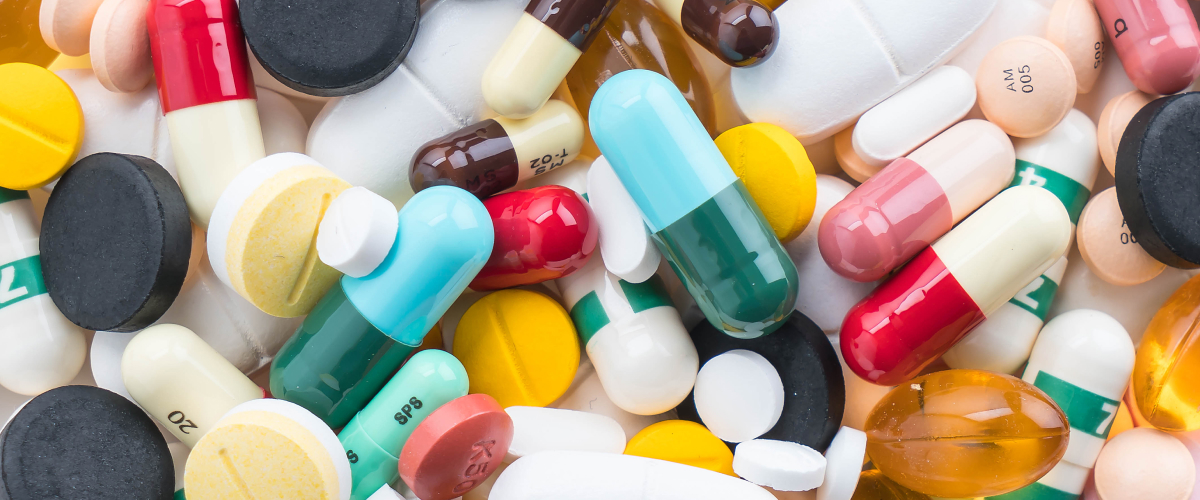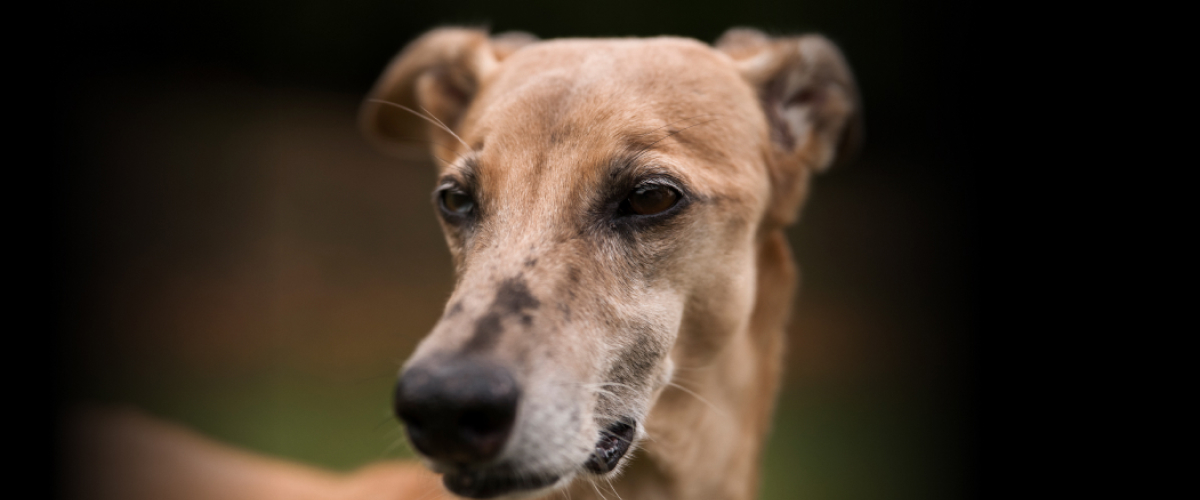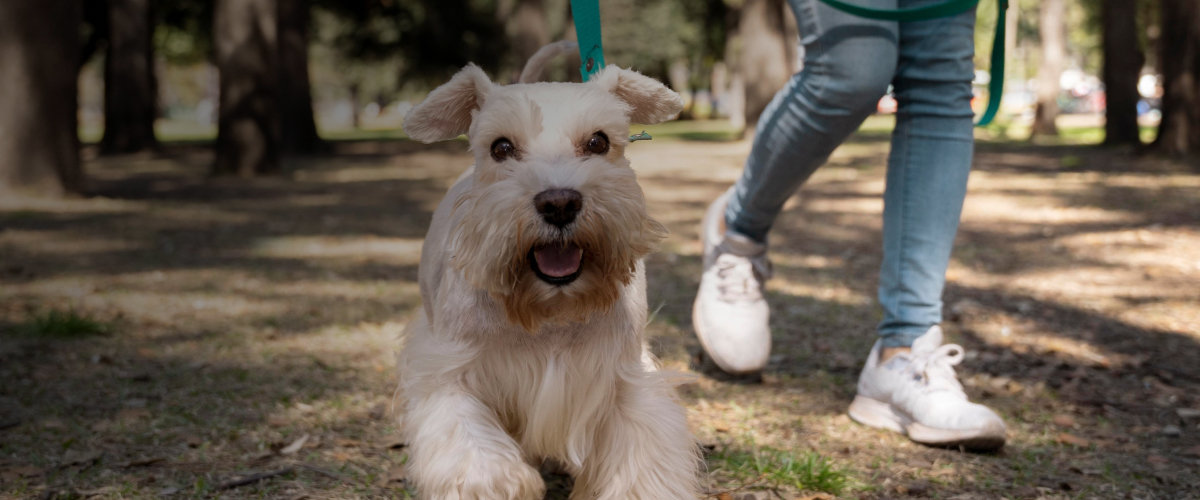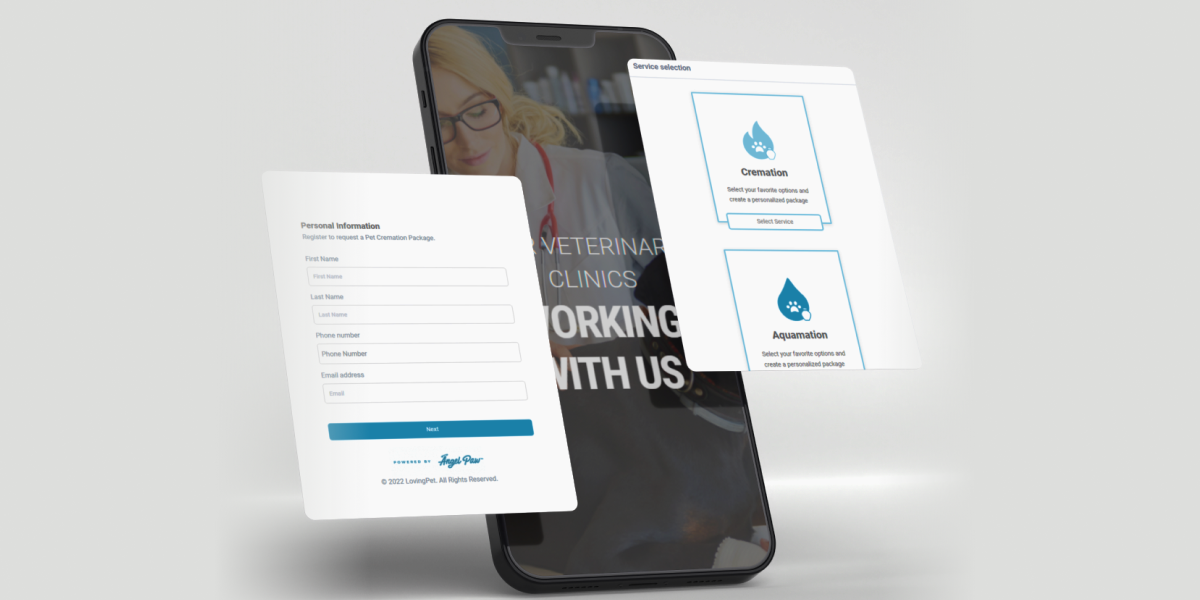Ensuring a Happy and Healthy Life for Your Pet
Pet wellness goes beyond regular vet visits and vaccinations. It encompasses the overall health and well-being of your furry companion, including nutrition, mental stimulation, exercise, and emotional care. As pet owners, it’s important to understand the different aspects of pet wellness to help your pets live long, happy, and healthy lives. In this article, we’ll cover everything you need to know about pet wellness, from proper nutrition to mental and physical health.
1. Proper Nutrition for Pet Wellness
Nutrition is the cornerstone of pet wellness. Just like humans, pets require a balanced diet to maintain their health and energy levels. The right food can support your pet’s growth, immune system, skin, coat, and even mental well-being.
When choosing pet food, it’s important to select options that provide a well-balanced mix of proteins, fats, carbohydrates, vitamins, and minerals. Always consider your pet’s age, size, and any specific dietary needs, such as allergies or sensitivities. Avoid foods with artificial preservatives, colors, and fillers, and opt for high-quality ingredients that promote overall health.
Additionally, remember that treats should only make up about 10% of your pet’s daily caloric intake. Overfeeding treats or giving unhealthy snacks can lead to obesity, which negatively affects your pet’s health. Always read ingredient labels, and consult your veterinarian if you’re unsure about the best diet for your pet.
2. Exercise and Physical Activity
Physical activity is essential for maintaining a pet’s health, preventing obesity, and promoting cardiovascular and joint health. Pets that don’t get enough exercise are at a higher risk for weight-related conditions like arthritis, heart disease, and diabetes.
Dogs, in particular, need regular walks and playtime to stay physically fit and mentally stimulated. Depending on the breed, some dogs may require more intense exercise, like running or agility training, to burn off energy. Cats also need exercise, though their activity can come in the form of interactive toys, climbing structures, or laser pointers.
Exercise not only keeps your pet’s body in shape but also provides mental stimulation, preventing boredom and behavioral problems. Always consider your pet’s age and physical condition when determining the appropriate level of exercise, and adjust as needed as they age.
3. Mental Stimulation and Enrichment
Pet wellness isn’t just about physical health—it also includes mental well-being. Pets, especially intelligent breeds, need mental stimulation to stay sharp and prevent boredom. Lack of mental enrichment can lead to anxiety, depression, and destructive behaviors.
For dogs, puzzle toys, obedience training, and interactive play can provide the mental challenge they need. Cats benefit from toys that simulate hunting, like feather wands and treat-dispensing puzzles. Rotating toys and introducing new challenges can help keep your pet engaged and mentally stimulated.
Providing your pet with plenty of mental stimulation can also reduce stress and anxiety, especially if they’re prone to separation anxiety or other behavioral issues. Keeping their mind active is an important part of their overall wellness.
4. Routine Veterinary Care
Regular vet visits are crucial for monitoring your pet’s health and catching potential issues early. Wellness exams allow your veterinarian to assess your pet’s overall health, update vaccinations, and recommend preventive care measures. These visits are especially important as pets age, since older pets may develop age-related conditions like arthritis, kidney disease, or dental issues.
Vaccinations, parasite control, and dental care are all essential components of routine veterinary care. Keeping up with these preventive measures can help protect your pet from common diseases and infections. Regular dental check-ups are particularly important, as dental health can significantly impact your pet’s overall health.
Your veterinarian will also provide guidance on things like diet, exercise, and behavioral issues, making them a valuable resource in maintaining your pet’s wellness.
5. Emotional Well-being and Bonding
Pets are social creatures that thrive on love and companionship. Their emotional well-being is just as important as their physical health. Strong bonds between pets and their owners lead to a happier, more well-adjusted animal.
Spending quality time with your pet helps strengthen this bond and contributes to their emotional wellness. Whether it’s playing, cuddling, or just relaxing together, these moments make your pet feel secure and loved. For dogs, regular interaction and affection reinforce their connection to you as part of their pack, while cats, though more independent, still enjoy and need affection and attention.
Be mindful of changes in your pet’s behavior that could indicate stress, anxiety, or depression. Separation anxiety, changes in appetite, or unusual aggression are signs that your pet might be emotionally distressed and need extra care and attention.
6. Grooming and Hygiene
Regular grooming is an often-overlooked aspect of pet wellness. Grooming keeps your pet’s coat and skin healthy, reduces shedding, and helps detect potential health problems like skin infections or parasites early on. Depending on your pet’s breed, grooming needs can vary—some pets may need daily brushing, while others can go longer between grooming sessions.
Bathing your pet regularly (but not too frequently) and trimming their nails are important for overall hygiene. Dental hygiene is also critical—regular brushing and dental chews can prevent dental diseases, which can lead to more serious health problems if left untreated.
Regular grooming sessions also provide an opportunity to check for any abnormalities, such as lumps, rashes, or parasites, allowing for early detection of potential health issues.
Conclusion
Pet wellness is about creating a balanced, healthy lifestyle for your furry companion. Proper nutrition, regular exercise, mental stimulation, and emotional bonding are key components of keeping your pet happy and healthy. Routine veterinary care and grooming also play an essential role in maintaining their well-being.
By focusing on all aspects of pet wellness, you can ensure that your pet lives a long, fulfilling life. Remember, a happy pet is a healthy pet, and their wellness depends on the care and attention you provide every day.

























































































































































